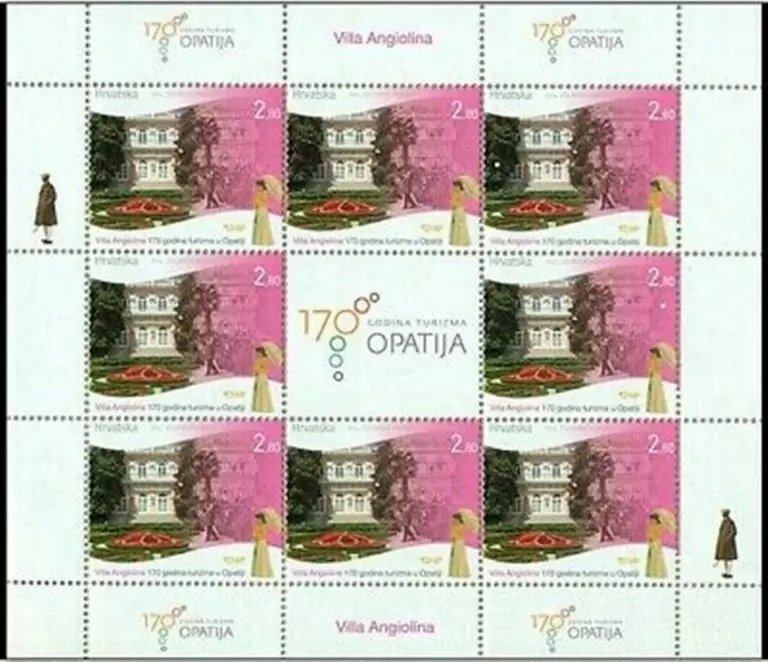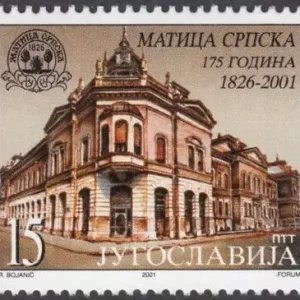Croatia year 2014 Tourism in Opatija – Architecture – Villa Angiolina
Tourism in Opatija, Croatia, is closely intertwined with its architectural heritage, and Villa Angiolina stands as a testament to the city’s rich history and elegant charm. Here’s a glimpse into how this iconic villa contributes to the allure of Opatija:
- Historical Significance: Villa Angiolina holds a significant place in the history of Opatija, as it was one of the first tourist facilities in the region. Built in 1844 by Iginio Scarpa, a wealthy merchant from Rijeka, the villa served as a summer residence and a gathering place for aristocrats, intellectuals, and artists who visited Opatija during the 19th century.
- Architectural Style: The villa is a fine example of historicist architecture, blending elements of various architectural styles popular during the 19th century. Its design incorporates neoclassical, Renaissance, and Baroque influences, featuring ornate facades, arched windows, decorative moldings, and a distinctive tower.
- Landscaped Gardens: Surrounding Villa Angiolina are beautifully landscaped gardens, which were originally designed in the English Romantic style. The gardens boast a diverse collection of exotic plants, trees, and flowers, creating a tranquil oasis for visitors to explore and enjoy.
- Cultural Hub: Throughout its history, Villa Angiolina has served as a cultural hub, hosting concerts, literary gatherings, and social events that attracted prominent figures from across Europe. Its elegant halls and salons provided a sophisticated setting for artistic and intellectual exchange, contributing to Opatija’s reputation as a cultural destination.
- Transformation into a Museum: In 1961, Villa Angiolina was converted into the Croatian Museum of Tourism, dedicated to preserving the history and heritage of tourism in Opatija and Croatia. The museum’s exhibits showcase artifacts, photographs, and documents related to Opatija’s tourism industry, highlighting its evolution over the centuries.
- Restoration and Preservation: Over the years, Villa Angiolina has undergone extensive restoration efforts to ensure its architectural integrity and historical authenticity are preserved. These efforts have helped maintain the villa’s original character while enhancing its appeal as a tourist attraction and cultural landmark.
- Tourist Attraction: Today, Villa Angiolina is one of the most popular tourist attractions in Opatija, drawing visitors who are interested in its history, architecture, and cultural significance. Guided tours of the villa and its gardens provide insight into its storied past and the development of tourism in the region.
- Symbol of Elegance: As an architectural gem nestled along Opatija’s picturesque coastline, Villa Angiolina symbolizes the elegance and sophistication of the city’s heyday as a fashionable resort destination. Its graceful silhouette and romantic ambiance continue to captivate visitors, evoking a bygone era of grandeur and refinement.
In summary, Villa Angiolina is not only a splendid example of historicist architecture but also a symbol of Opatija’s cultural heritage and allure as a premier tourist destination on the Adriatic coast. Its timeless beauty and rich history make it a must-visit attraction for anyone exploring the charms of Opatija.












Reviews
There are no reviews yet.